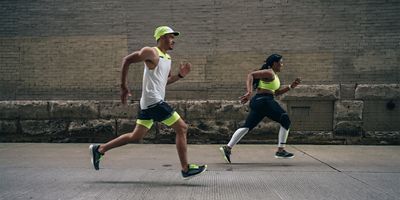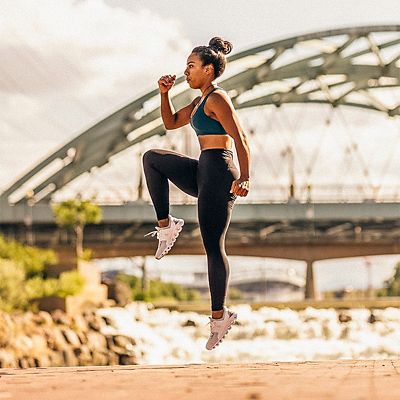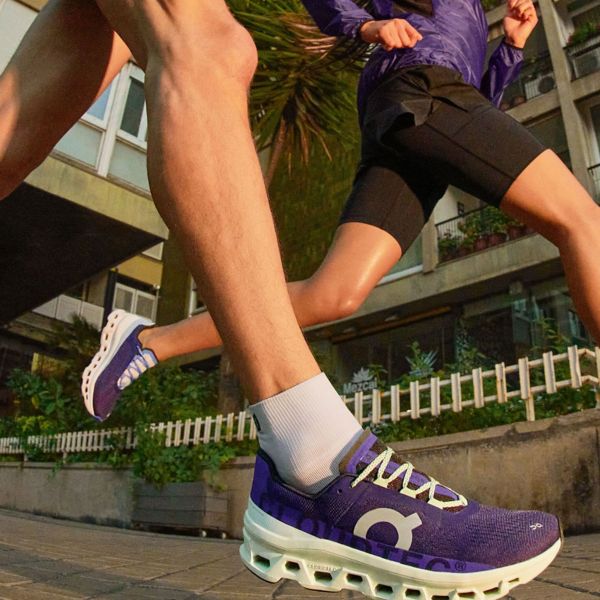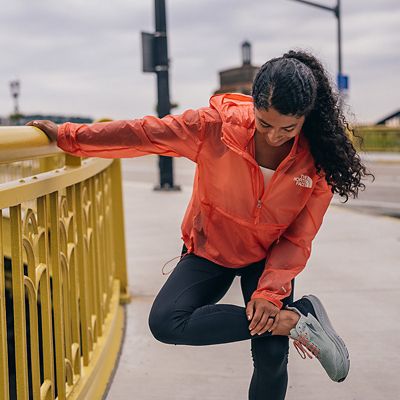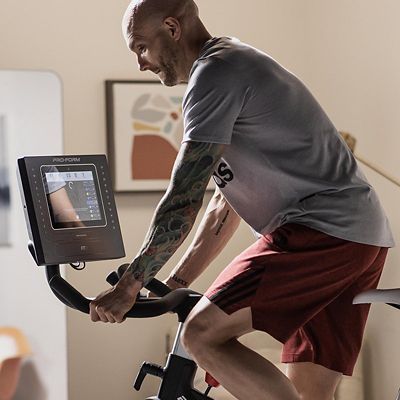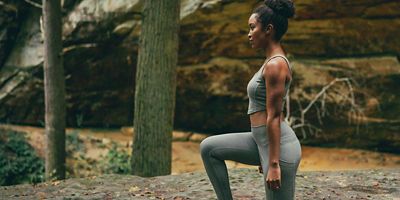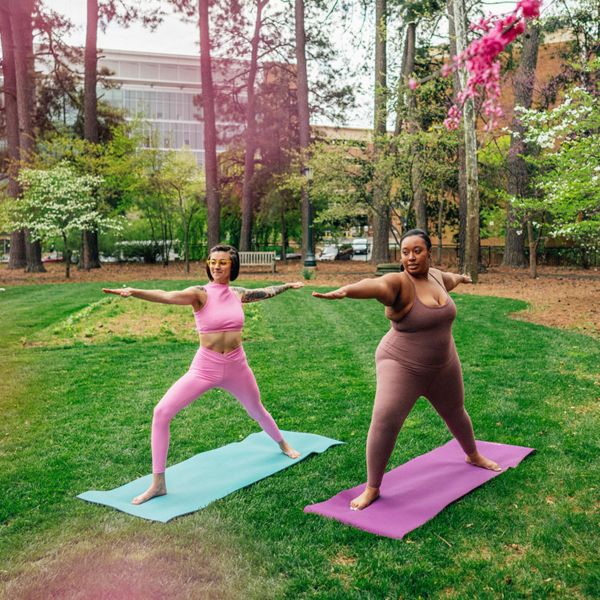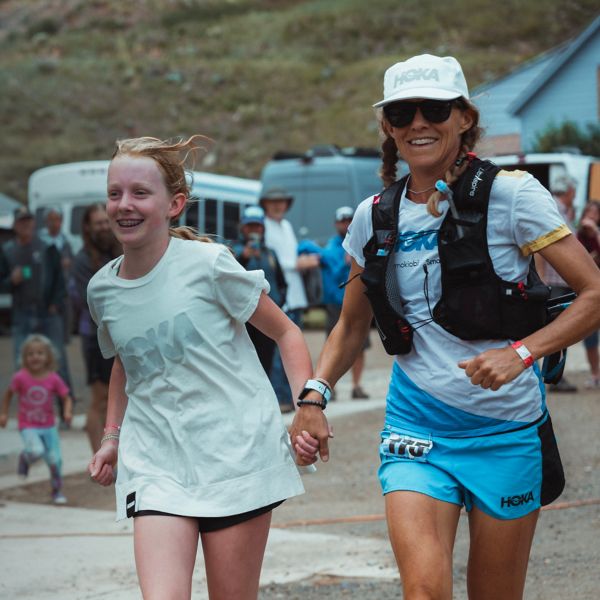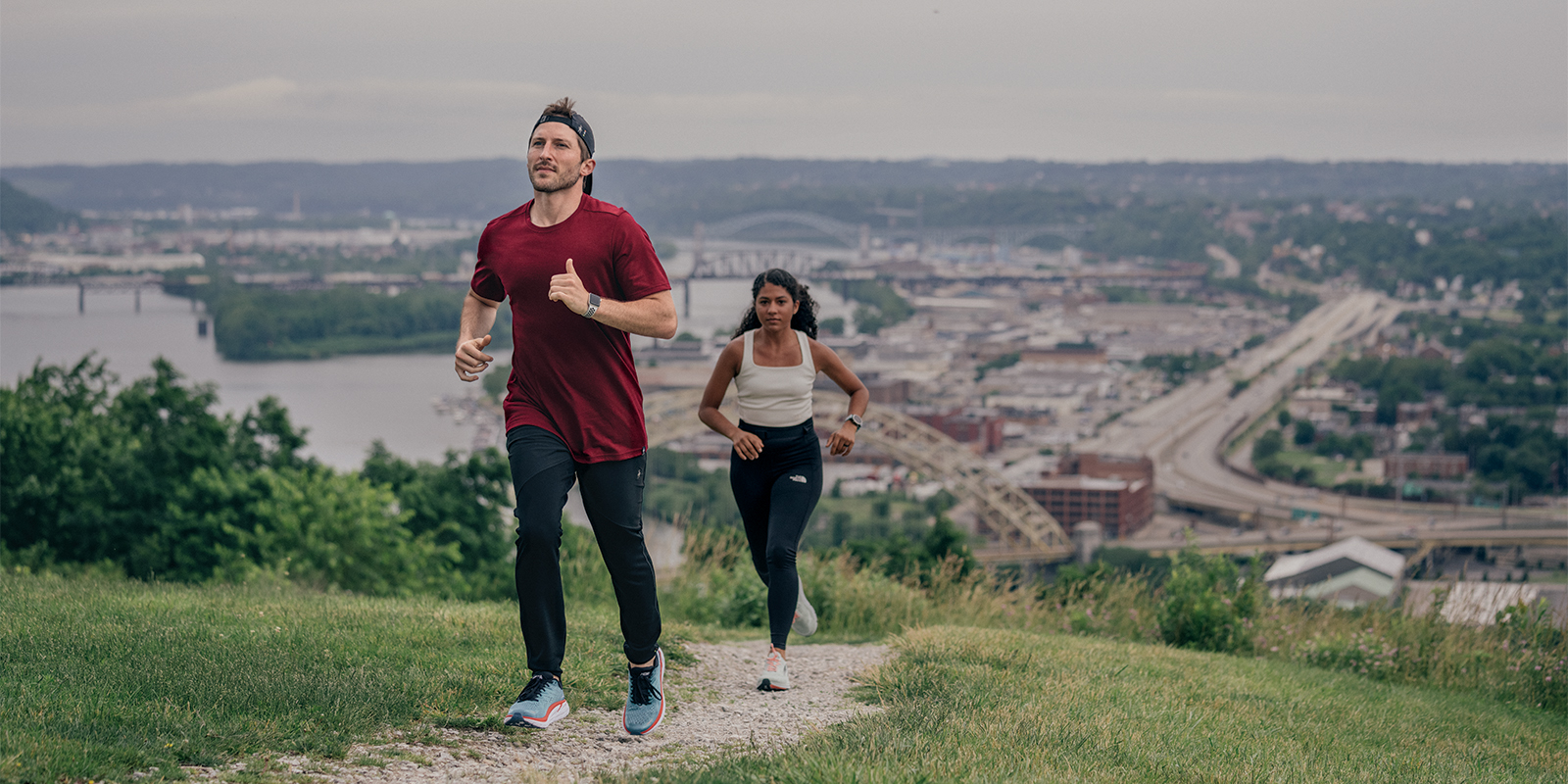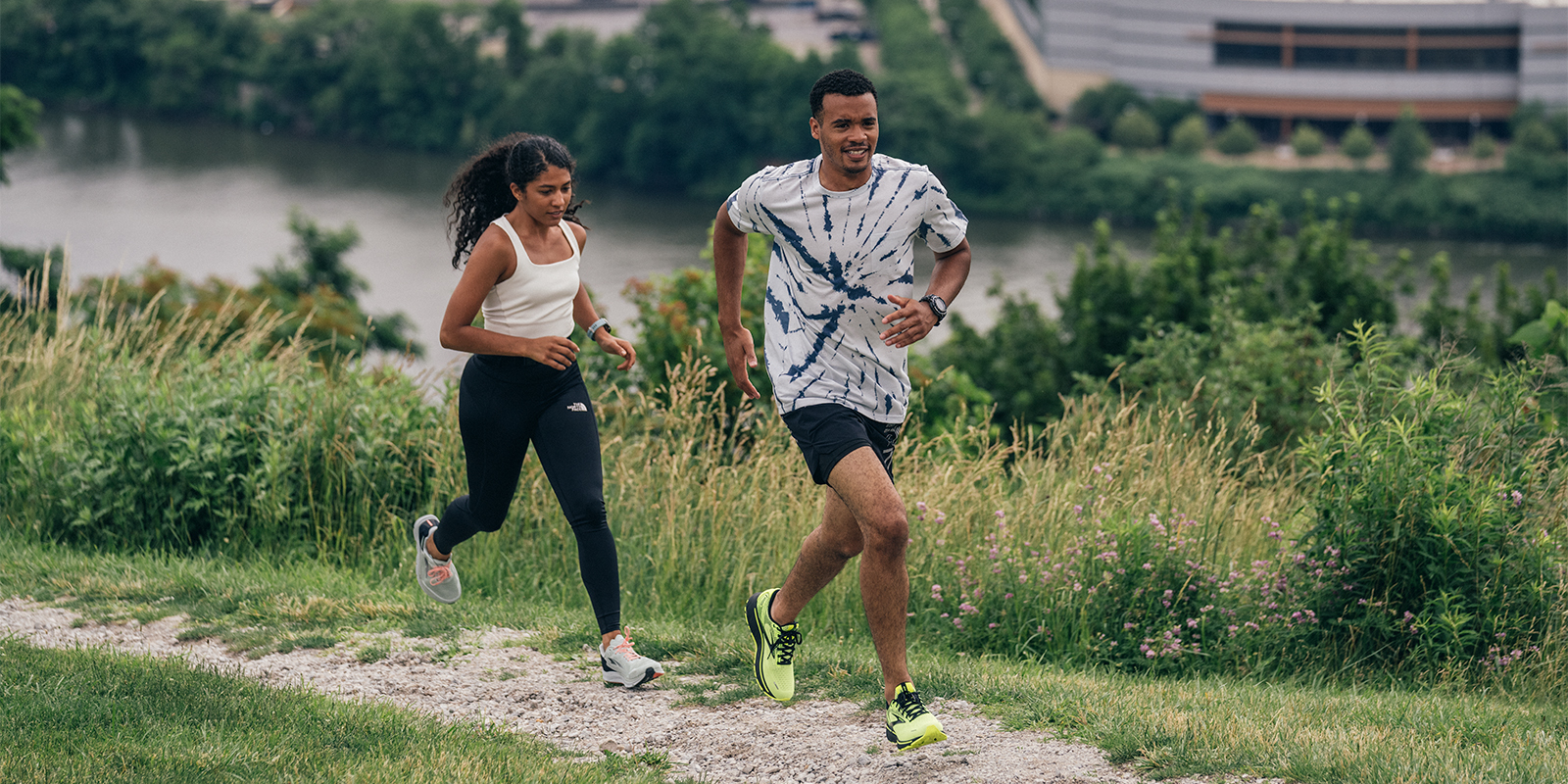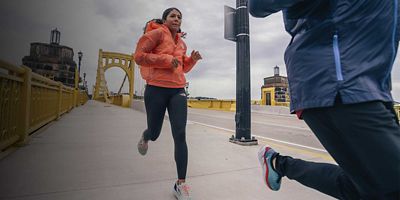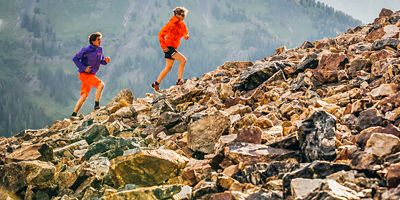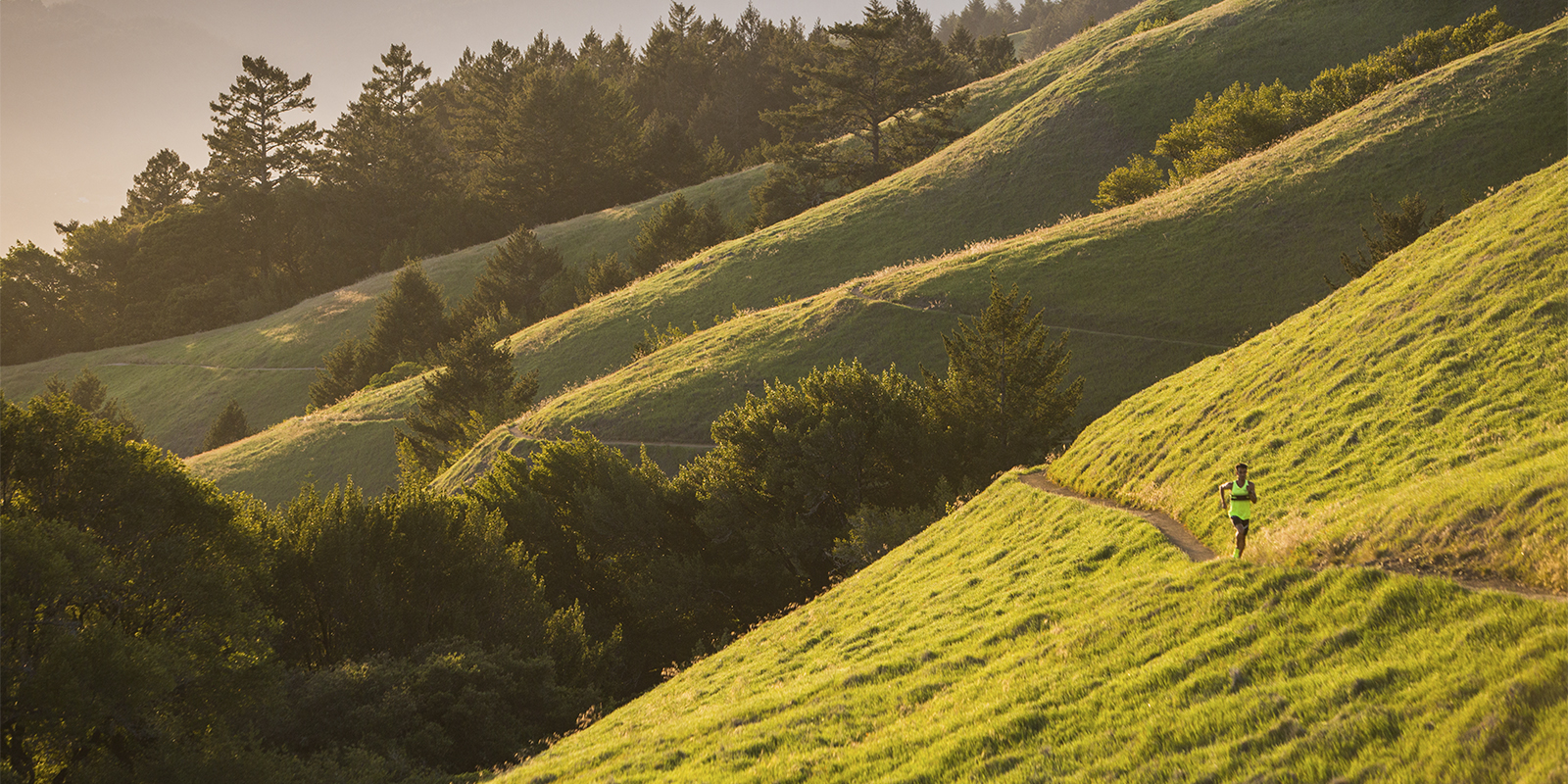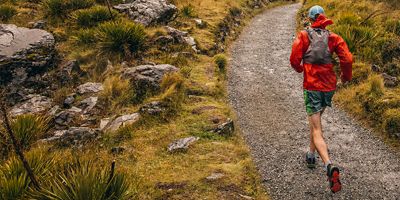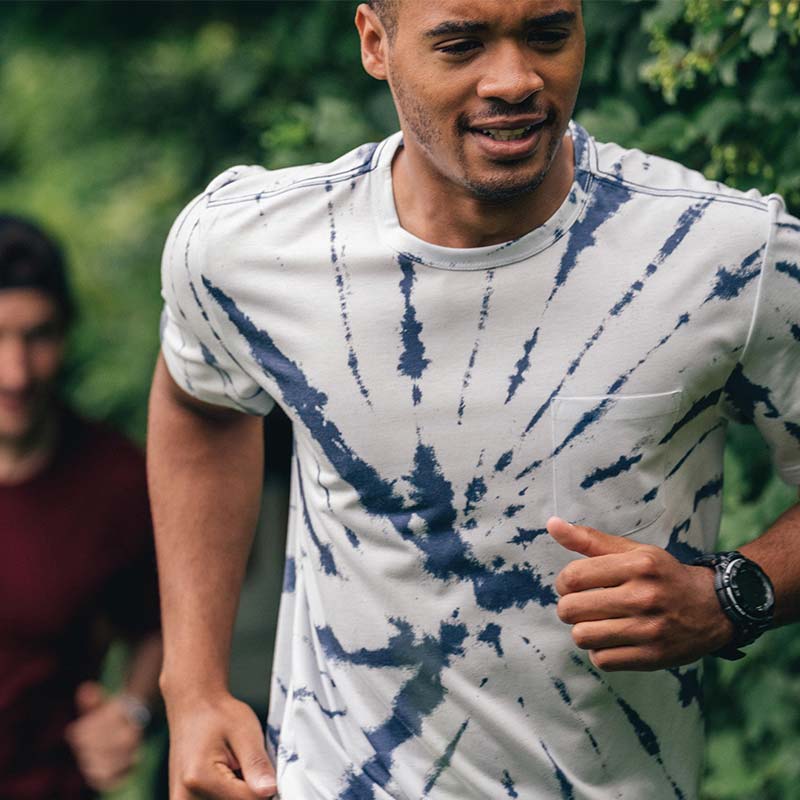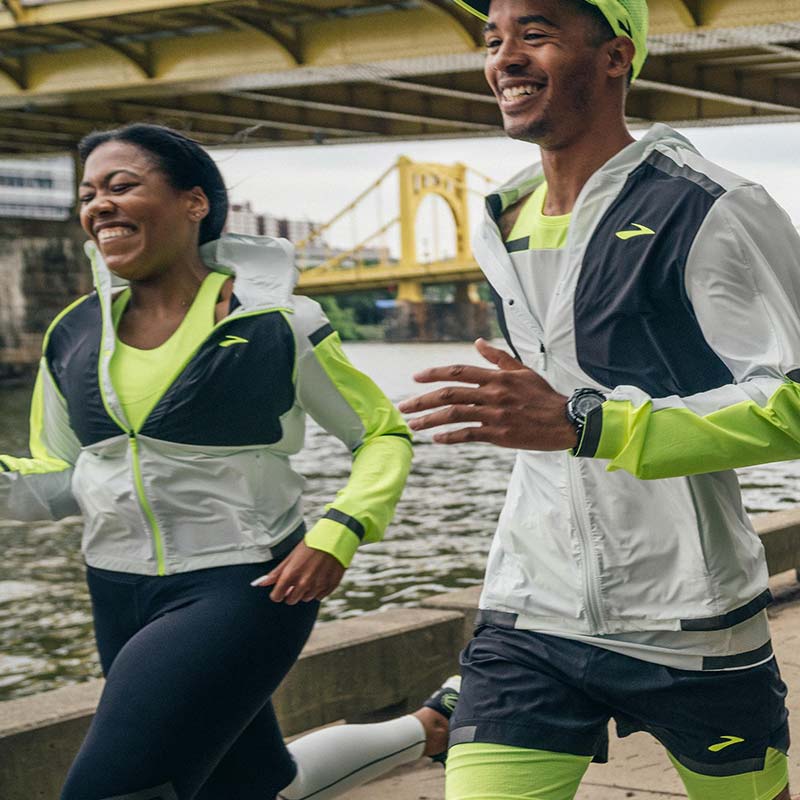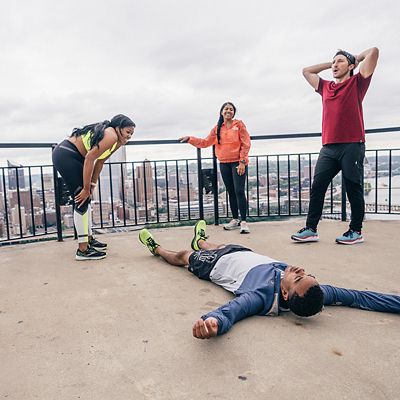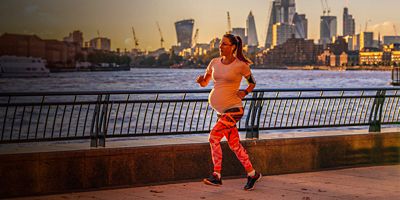
Runners have opinions. Opinions about races, running routes, trails versus roads, GPS watches, musical playlists for long runs, shoes…especially shoes. Most runners are die-hard loyalists to the brand and style of shoe they lace up on the regular. And traditionally, they won’t entertain the idea of straying from their “one true love.” But in the last several years, maximum-cushioned running shoes have infiltrated the scene, wooing runners with the promise of more comfortable miles.
Max-cushioned shoes are exactly what they sound like: running kicks with more padding beneath your feet. And the category has exploded to the point where most major running shoe brands offer at least one max-cushioned option while some brands exist entirely within the super-cush realm. These new plush shoes aren’t silver bullets for injury prevention (more on that below), but if you’re looking for a really soft ride and a smooth heel-to-toe transition, a max-cushion shoe might be right for you. They’re also a great option for beginners looking to ease into running or experienced runners hoping to find a more comfortable shoe for their daily training miles. Here’s everything you need to know before you step into the plush world of max-cushioned running shoes.
What qualifies as a max-cushion running shoe?
What separates a max-cushioned shoe from a traditional shoe? It all comes down to “stack height,” which is the height of the sole between your foot and the ground. Stack height is measured at two spots, at the heel and the forefoot. Shoes with a zero drop have the same stack height in the heel as forefoot. Traditional running shoes and most max-cushioned running shoes will have a higher stack height in the heel than the forefoot, loading the heel with more padding to help cushion the impact of a heel strike. To give you an idea of the full range: minimalist shoes will have stack heights around 15mm; traditional running shoes live in the low- to mid-20 stack height range; and max-cushioned running shoes will have a stack height that begins at 30mm and goes up from there. The key distinction: Higher stack height means more cushion.
What is all that cushion?
The majority of the cushion in a running shoe is centered in the midsole, which is sandwiched between a thin insole and the outsole. Shoe companies typically use an EVA or polyurethane foam, which is soft, durable and lightweight. Today, that cushion offers more than just a plush ride, as foams have been developed to offer high levels of energy return, which can often feel as if you’re walking on trampolines. Each shoe company has its own take on foam, using proprietary tech that can include anything from strategically placed air pockets throughout the midsole to a rocker-style shape of the footbed that seems to propel you forward when you run.


